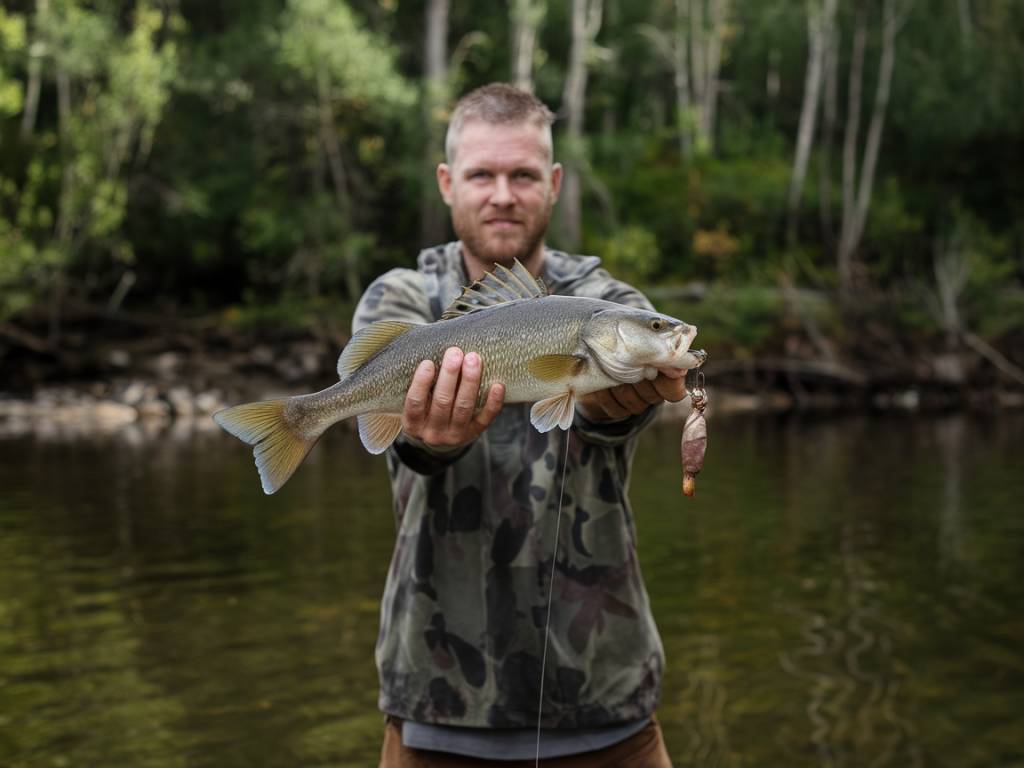
Survival fishing techniques: catching food in the wild
When you’re in a survival situation, securing a reliable source of food is paramount. One of the most accessible sources in many wilderness scenarios is fish. Today, I’m going to delve into survival fishing techniques that can help you catch food in the wild. Whether you’re lost in the woods or just want to be prepared, these methods can increase your chances of survival.
Finding a Good Fishing Spot
Locating fish is the first step to successful fishing. It’s crucial to understand where fish are likely to be. Natural indicators such as clear, running water are good signs. Fish tend to congregate in areas where there’s plenty of oxygen and food.
Look for the following:
- Rivers and Streams: Fast-moving water with plenty of oxygen and small aquatic organisms.
- Lakes and Ponds: Areas where the water is calm, particularly around natural structures like logs and rocks.
- Shallows and Reeds: During warmer weather, fish often move to the shallows early in the morning or late in the afternoon.
Improvising Fishing Gear
In a survival scenario, you likely won’t have conventional fishing gear. Improvising with what’s available in your environment is essential.
Here are some makeshift fishing tools:
- Fishing Line: Paracord, sewing thread, or even dental floss can be used.
- Hooks: Bent safety pins, paper clips, or anything that can be molded into a hook shape.
- Bobbers: Corks, pieces of foam, or any lightweight material to keep the hook suspended in water.
- Sinkers: Small rocks or metal objects to help the line sink.
Using Bait
Fish are opportunistic feeders, so natural bait often works best. You can find bait in your immediate environment with a little bit of effort.
Common baits include:
- Worms: Found easily in moist soil.
- Insects: Grasshoppers, crickets, and beetles are effective.
- Smaller Fish or Fish Parts: Fish are cannibalistic and will go after smaller species or pieces of fish.
- Plant Material: Some fish might be attracted to roots or berries.
Fishing Techniques
Even with improvised gear, various fishing techniques can improve your chances of catching fish. Here are some methods to consider:
Hand Fishing (Noodling)
Hand fishing, or noodling, involves catching fish with your hands. While this method requires caution—especially in waters inhabited by potentially dangerous creatures like snapping turtles—it can be effective in shallow water. Search for fish under rocks or in crevices where they might be hiding.
Spear Fishing
If you have a stick or a sharpened piece of metal, you can create a makeshift spear. Spear fishing requires patience and precision. Wading slowly in the water and moving in an almost statuesque manner can help you get close enough to strike.
Trapping
Trapping fish can be a more passive yet effective method. Building a fish trap involves creating a funnel or basket structure from flexible branches, reeds, or vines. Position the trap in a shallow area where fish naturally pass, and check it periodically.
Improvised Rod and Line
Using a makeshift fishing rod is another simple yet effective method. Find a sturdy stick, tie your improvised line to the end, attach a hook, and you’re set. Cast your line into the water and be patient.
Setting Up Fishing Nets
If you have access to materials like clothing, tarp, or mosquito netting, you can fashion a fishing net. Nets can be an excellent way to catch multiple fish at once, especially in shallow or narrow watercourses.
Setting up a net involves spreading it across the water in a strategic location where fish are likely to swim. The mesh should be small enough to trap fish but large enough to allow water flow, making it less detectable.
Night Fishing
Fish are often more active during nighttime or dawn and dusk. If you can manage visibility with a small fire or a flashlight, night fishing can yield good results. Fish tend to come closer to the shore during these times, making them easier to catch.
Safety and Conservation
While survival scenarios do prioritize getting food, it’s important to consider safety and conservation:
- Avoid Poisonous Fish: Be aware of local fish species and avoid those known for toxins, such as pufferfish or some catfish species.
- Conserve Resources: Catch only what you need to survive. Overfishing can deplete local fish populations and harm the ecosystem.
- Stay Safe: Take precautions when wading in water to avoid snakes, leeches, or other hazards.
Using Technology for Survival Fishing
In modern times, even in the wilderness, you might have access to some technological tools that can significantly improve your fishing efficiency.
Portable Fish Finders
Compact, battery-operated fish finders can help locate schools of fish even in unfamiliar waters. These devices use sonar technology to give you a clear view of what’s below the surface.
GPS-Enabled Devices
While not precisely a fishing tool, GPS devices can help you mark fishing spots, track your movements, and ensure you find your way back to your base camp safely.
Psychological Aspects
Being in a survival situation is stressful, and patience is an essential virtue. Fishing often requires you to wait for long periods, which can be taxing under dire conditions. Develop a mindset focused on persistence and adaptability, which not only helps in fishing but also in managing the broader challenges of survival.
With these survival fishing techniques, you’re better equipped to secure one of the most reliable sources of food in the wild. Practice some of these methods even if you’re not in a survival situation; being prepared can make all the difference when you least expect it. Happy fishing, and stay safe out there!

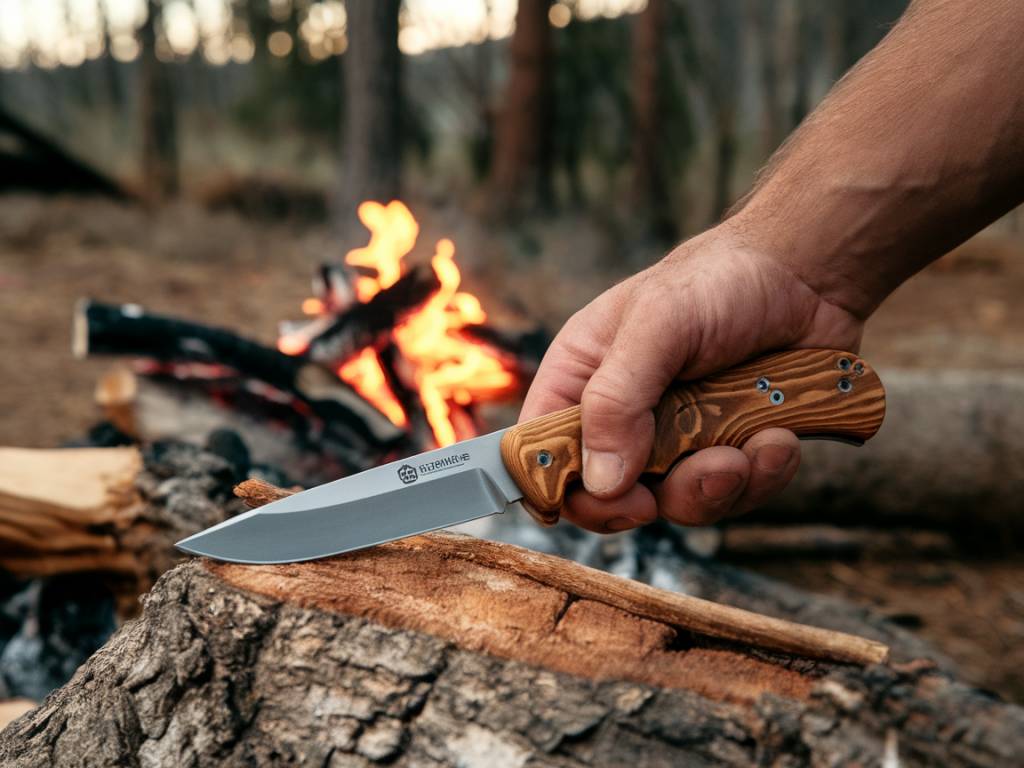 Best survival knives for outdoor adventures
Best survival knives for outdoor adventures 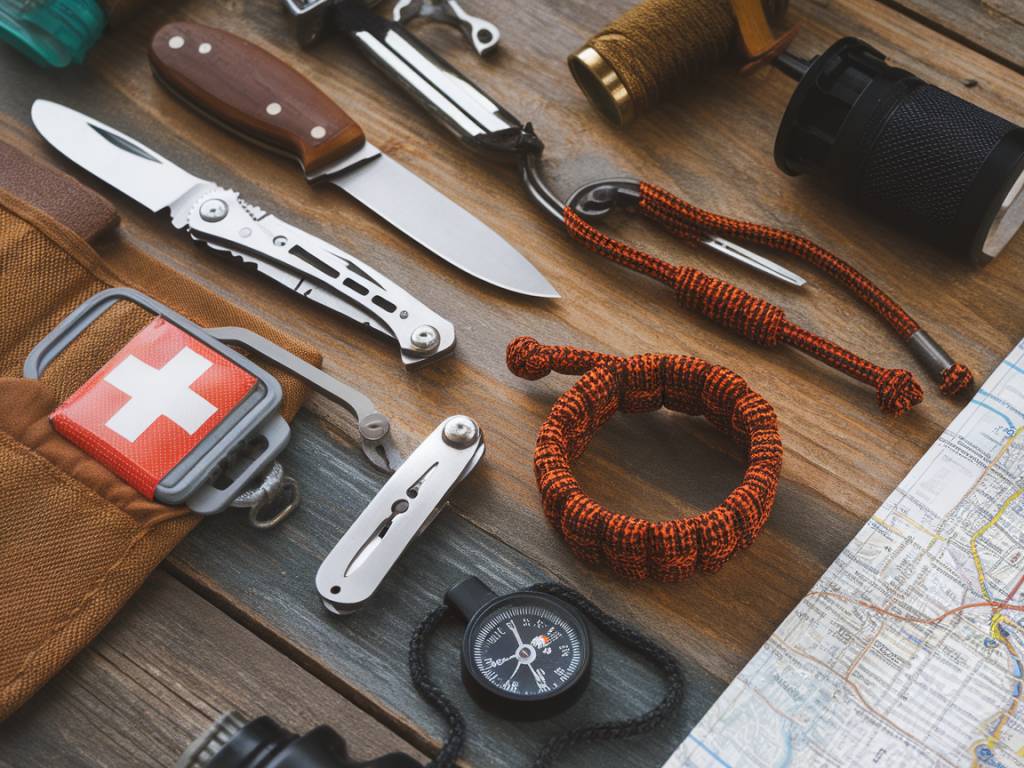 10 must-have survival tools for any adventure
10 must-have survival tools for any adventure  Wild foraging: identifying edible plants in the wilderness
Wild foraging: identifying edible plants in the wilderness 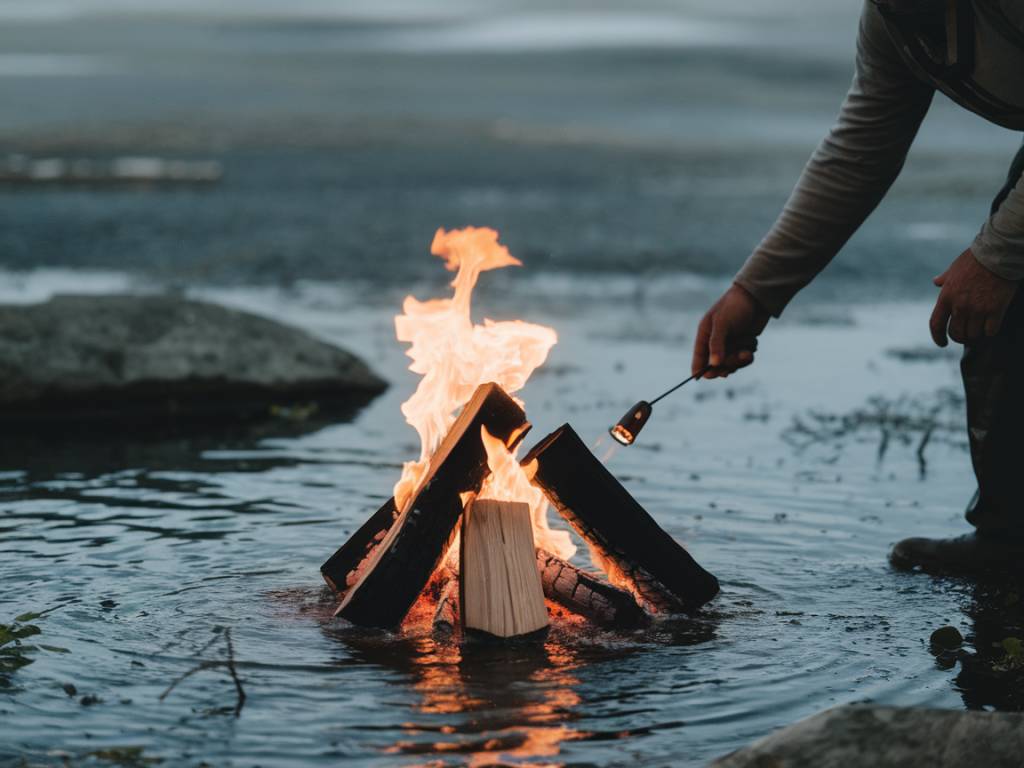 How to make a fire in any weather conditions
How to make a fire in any weather conditions 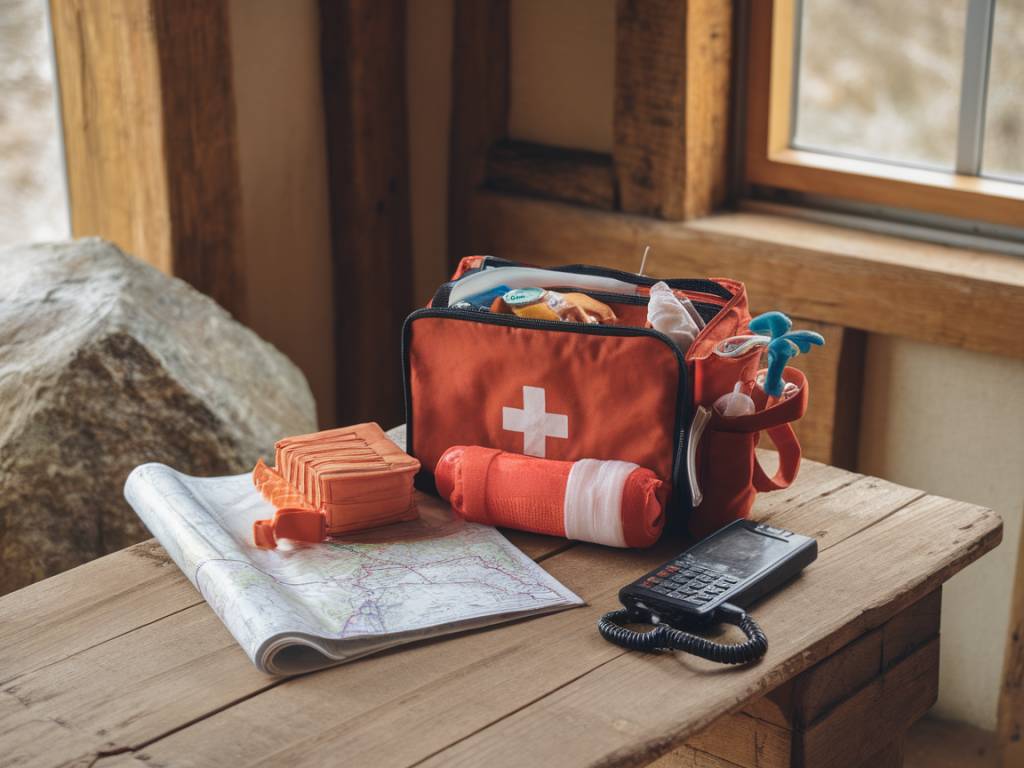 How to handle emergencies in remote locations
How to handle emergencies in remote locations  How to stay safe while solo hiking in remote areas
How to stay safe while solo hiking in remote areas  Traversées polaires : comment préparer une aventure en Arctique ou en Antarctique
Traversées polaires : comment préparer une aventure en Arctique ou en Antarctique 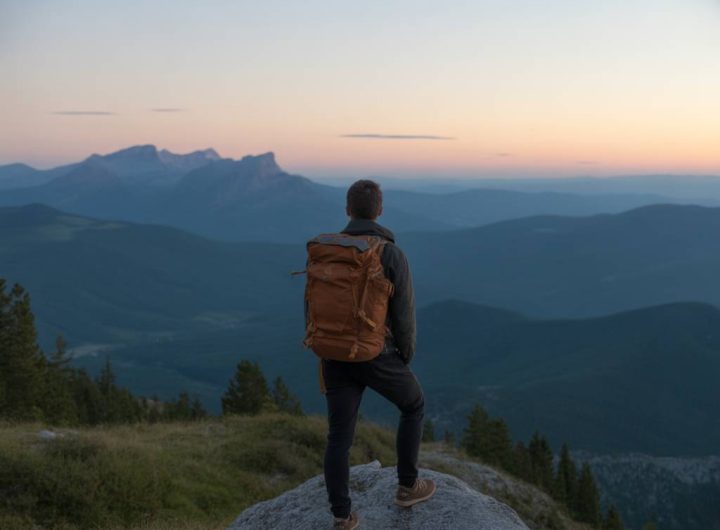 Microaventures près de chez vous : comment vivre l’aventure sans quitter votre région
Microaventures près de chez vous : comment vivre l’aventure sans quitter votre région 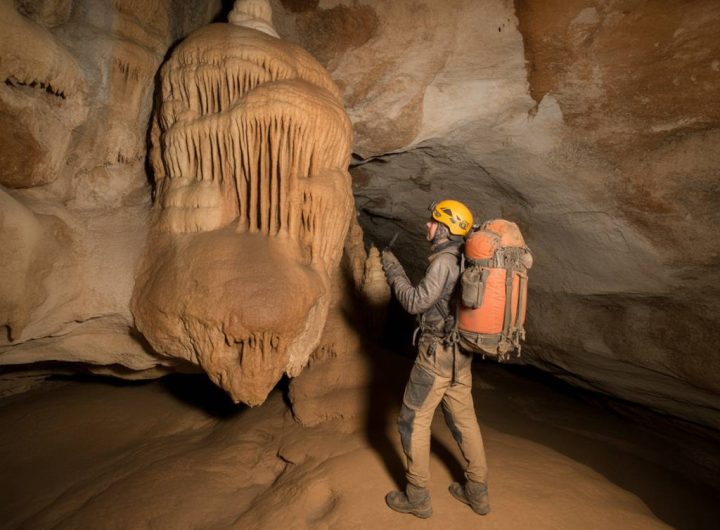 Caving Adventures: Exploring the World’s Most Fascinating Underground Destinations
Caving Adventures: Exploring the World’s Most Fascinating Underground Destinations  Exploring Volcanic Landscapes: Top Adventure Destinations Around Active Volcanoes
Exploring Volcanic Landscapes: Top Adventure Destinations Around Active Volcanoes